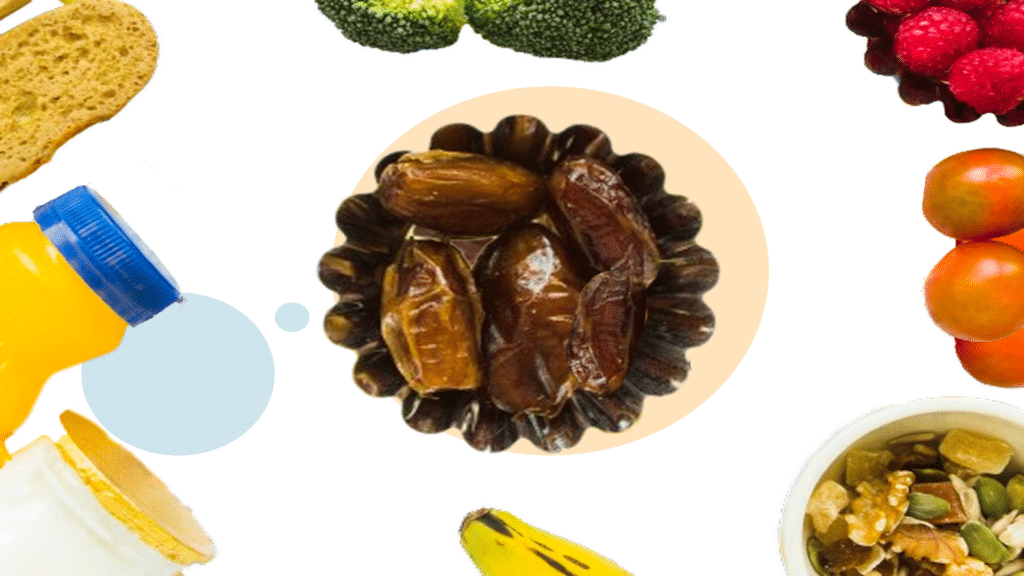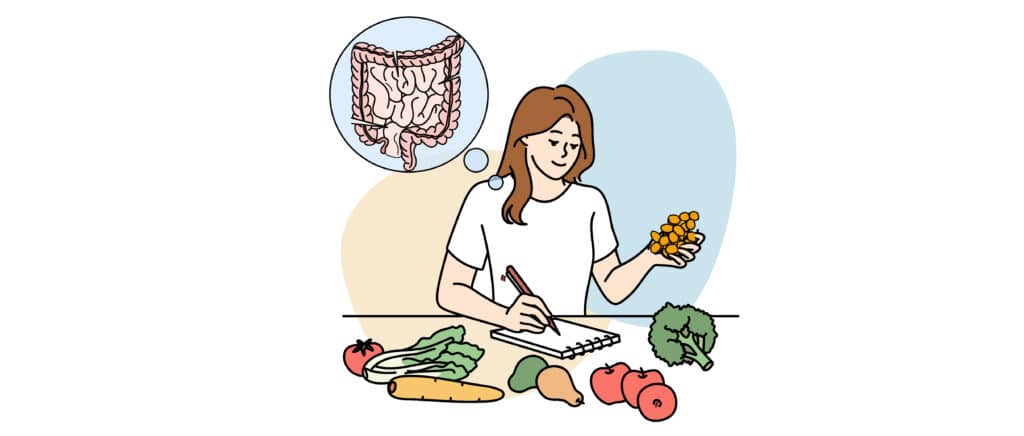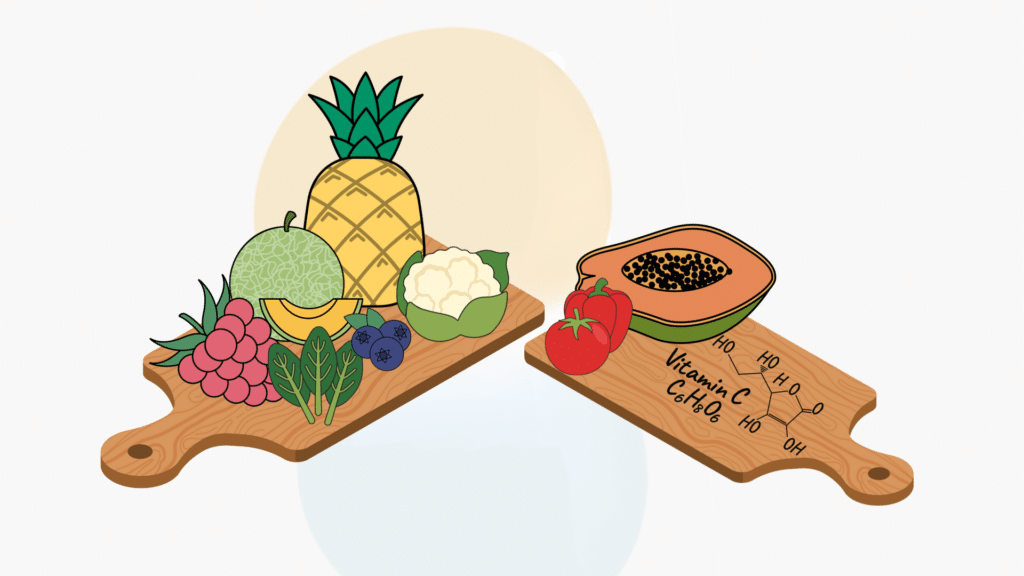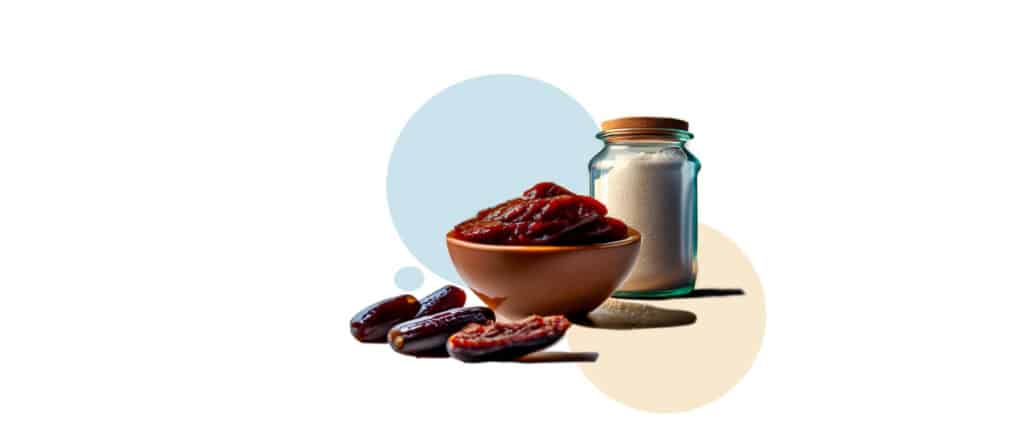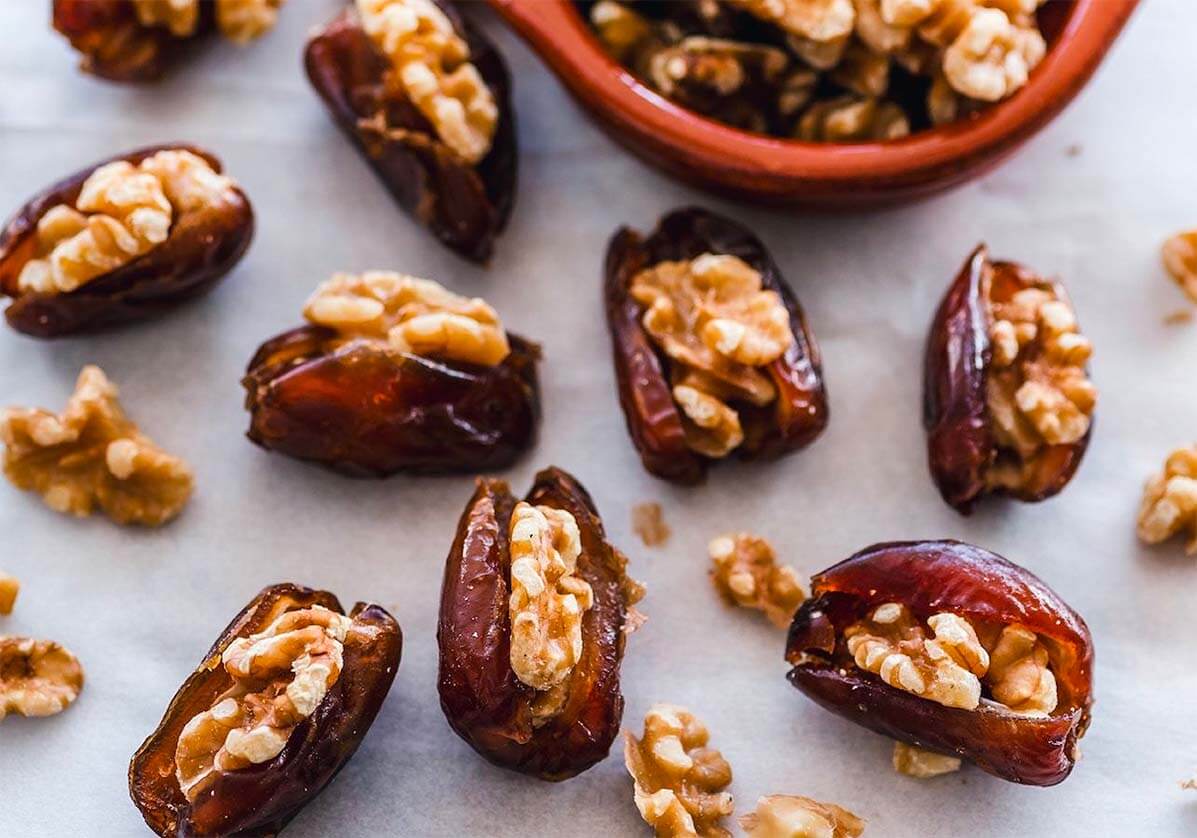Can Dates Stop Your Cravings For Sweets?
- Sugar craving is an urge to eat sweets even when you are not hungry.
- To overcome sugar cravings you need to lead a healthy lifestyle; eat nutritious food, sleep well, and exercise regularly.
- Date fruit, being a sugary fruit, can help stop sugar cravings because it is healthy and rich in fiber and nutrients.
Many people suffer from sugar cravings. They tend to have urges to consume sugar and sweets that are difficult to control, even when they are not hungry. They can not help it. This can lead to many eating disorders, such as obesity, with all its problems. Yet, few people know it is a sign of sugar addiction.
Is Sugar Addictive?
In a research study, scientists put rats on an intermittent-feeding program. They were not allowed to eat for 12 hours and then access a sugar drink. Within 3-4 weeks, they showed signs of addiction, which are:
Binging: this means escalating their sugar intake.
Craving: an urge to consume sweets.
Sensitization: food containing sugar improves their emotional state and performance.
Tolerance: the need to increase the dose because the usual dose is not as effective as it used to be.
Withdrawal: anxiety and depression ensue when you stop the addictive substance.
Cross-sensitization: addiction extends to other addictive drugs.
Getaway effect: increasing alcohol ingestion during sugar abstinence due to cross-sensitization.
Note that craving does not indicate addiction. It can be due to diseases or certain medications. The presence of other signs is what makes it addictive.
Do you think you have a sugar addiction?
Why is sugar addictive?
Sugar activates the reward center in the brain. The brain releases dopamine and opioids. Scientists associate them with drug addiction. The body becomes dependent on this substance. Thus, it shows the signs mentioned above. You do not crave sweetness because you lack willpower. Instead, addiction surpasses willpower.
Food is not usually addictive. Yet, sugar has addictive potential. When you starve for a long time and then eat sweets, you become a sugar addict or “chocoholic.” Like the rats in the above experiment, you expose your body to cycles of starvation and binging.
How to reduce sugar cravings?
Eat balanced meals and snacks:
Eat healthy food rich in protein and fiber. It gives long-lasting satiety. Fruits and nuts make a great snack.
Added sugar should make up only 5% of your energy intake about 100 calories for women and 150 calories for men). Yet, we get much more added sugar than our bodies need. This is present in processed food, sauces, and ready-made soup. Opt for fresh, unprocessed food. Examples include fruit, unsalted nuts, unsalted rice cakes, oatcakes, or plain homemade popcorn.
Avoid starving yourself for a long time.
This is what initiates sugar addiction. Instead, try eating healthy meals or snacks every 3-4 hours.
Drink more water, and less caffeine
Craving can be a sign of dehydration, in which case, drinking can make it fade away. Caffeine can make you dehydrated and cause fluctuations in blood sugar levels. Too much coffee is not advisable.
Exercise
Exercise reduces sugar cravings, improves eating habits, elevates energy levels, and reduces stress. It is advisable to exercise for 30 minutes, 5 times a week.
Sleep well
Researchers have found that sleep deprivation decreases energy levels and increases sugar cravings. Moreover, early going to bed will limit late-night binging. Try to sleep for 7-9 hours every night.
Control your environment
This can ease things up. Avoid watching ads, social media posts, and videos that encourage unhealthy eating behavior. If you eat addictive food in a particular situation, try replacing it. If you like to eat chips while watching late-night movies, swap this for a walk or go to bed early.
Mindfulness and mindful eating
Mindfulness improves self-awareness. If you crave sweets, try to explore your real feelings; is it stress, boredom, or anger? Try some relaxing activities like breathing exercises or walking. The point is to distract yourself for 5-7 minutes which is enough for the urge to subside.
Mindful eating involves enjoying food, its appearance, smell, texture, and taste. Take your time chewing food and enjoy it with all your senses. Don’t get distracted by watching television or browsing the web. This rich food experience can be so fulfilling that you get satisfied by a small desert.
Can sugary fruit-like dates help with sugar cravings?
As mentioned, fruit can be an excellent substitute for sweets. They are natural and unprocessed food. Sugary fruit, like dates, contains a mix of glucose and fructose. Fructose is twice as sweet as glucose. Hence, you can get your favorite sweetness level with less sugar consumption.
Dates keep you full for longer as they contain fibers that slow glucose absorption.
Additionally, dates are rich in vitamins and trace elements that improve your metabolism.
CONCLUSION:
Dates, a sugary fruit rich in fiber and nutrients, can serve as a healthier alternative for sugar cravings. By adopting habits such as leading a healthy lifestyle, consuming nutritious food, regular exercise, and sufficient sleep , you can successfully curb sugar cravings and improve overall well-being.
Summary
Sugar craving is an urgent need to consume sweets. It can be due to stress or boredom, however, it may cause addiction, especially if frequently consumed after starving for a long time. Adopting a healthy lifestyle helps to overcome sugar cravings. Sugary fruits like dates can help sweet cravings subside.
Scientific Information
- Dopamine: is a substance released by the brain as a reward to make you feel satisfied and motivated. It is released in response to pleasant experiences and makes you want to repeat this experience. Addictive drugs also cause dopamine release.
- Opioids: a class of drugs including pain killers, and heroin, an illegal drug. They make people feel happy, relaxed, or high. They can be addictive. Our brains produce endorphins in response to painful experiences to ease the pain. They are similar to opioid drugs.



